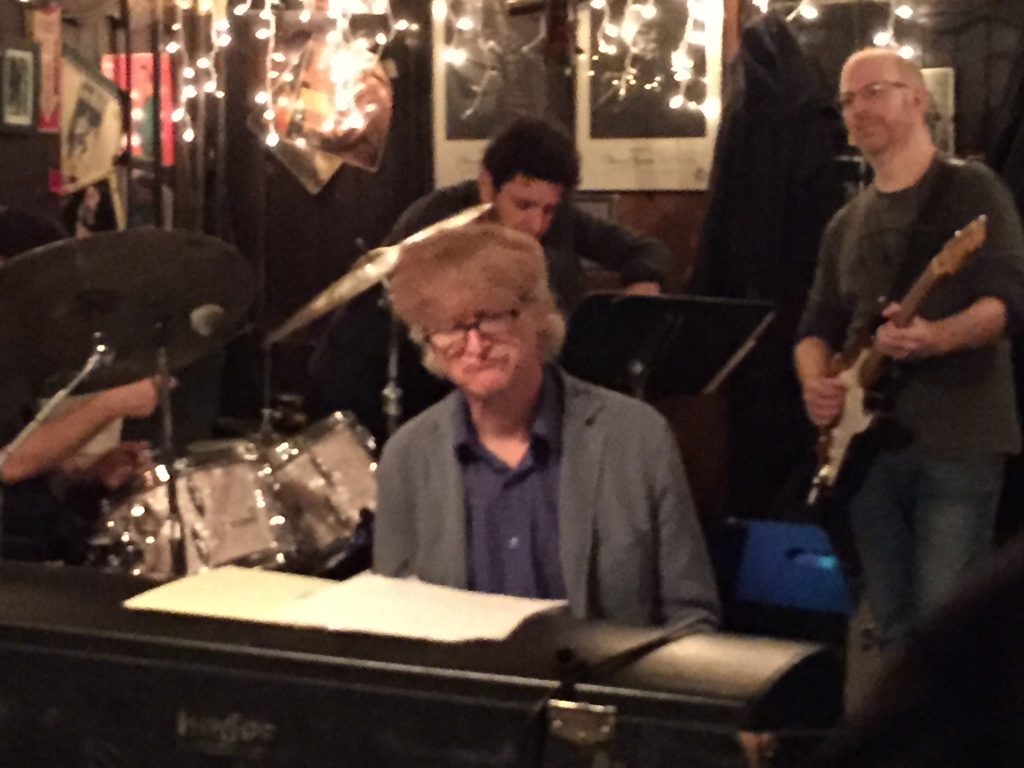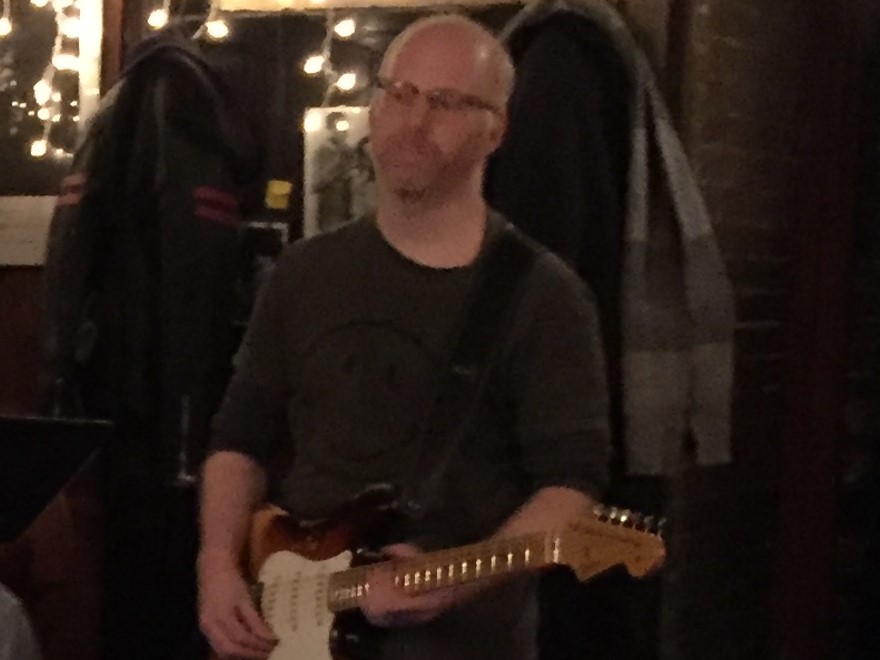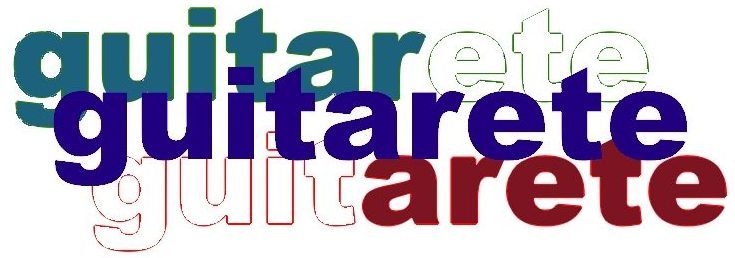
Oz Noy has said of his music, “It’s jazz, it just doesn’t sound like it.” On his recent quartet gig at the 55 Bar, it could be argued that Oz’s music sounded a step or two closer to what most ears accept as jazz. Accompanied by Omer Avital on stand-up bass, Anthony Pinciotti on drums, and David Kikoski on electric piano, Oz explored a range of jazz standards, plus a classic R & B tune, hitting a couple more jazz signifiers than usual, and extending the range of his boundary-pushing-yet-accessible style.
I’ve been listening to Oz’s music since the release of Ha!, his debut studio album from 2005. To my ear, it has always included at least three pillars: a deep funk and blues groove, the melodic and harmonic openness of bebop-and-beyond jazz, and guitar-sonic tonal imagination. On December 25, the combination of song selection and closer-to-jazz-tradition instrumentation elevated the latter two of Oz’s musical pillars and somewhat pulled back the first, in favor of egalitarian jazz-quartet interplay. Each member of the group soloed on most tunes, and there was plenty of visual and aural contact among them. The interaction seemed like a result both of the players’ appreciation of each other and, perhaps, not a ton of pre-arrangement before the gig. With players of the caliber in this ensemble, the latter adds to the excitement of being a live witness of their in-the-moment creation.
One interesting feature of the arrangements was extended vamping on intros and on transitions between solos. The vamps broke up the density of jazz-standard forms, which often are played in loops of rapid chord changes, creating spaces for harmonic and sonic adventurousness that moved into heads and solos. These exploratory vamps also, I think, conditioned the ear to the pungence of jazz harmony in such a way that the usual features of jazz ensemble performance—the head, solos, comping, trading fours—might be more easily accepted by listeners who tend to feel overwhelmed at the speed at which jazz changes move. They also allowed a space for a hint of Oz’s funk proclivities, as in the vamp figure that surfaced repeatedly in the quartet’s take on “All the Things You Are.” And, they provided a canvas for some of Oz’s adventures with live looping. One example of this occurred on the R & B classic “Fever.” As Kikoski ended his solo, the band vamped on a minor-chord riff as Oz laid down some behind-the-nut bends and harmonics and looped them backwards, before returning to the tune’s head.
While Oz often features guest soloists on his albums, David Kikoski proved an unusually strong co-presence with the gig’s leader through the entirety of both sets. I’ve never before heard Oz pair himself with another soloist with so much to say and such a healthy appetite for the outer reaches of improvisation. It was cool and interesting to hear Oz comp behind Kikoski’s solos, picking his moments to move through fragments of chord progressions, using an organ-like rotating speaker effect that complemented Kikoski’s Fender Rhodes electric piano. Kikoski’s comping also proved a rich counterpoint to Noy’s soloing—which blended bebop figures, bluesy bends, plenty of chromaticism, and references to rock guitar icons such as Jimi Hendrix and Eric Johnson—and creating a hovering-above-the-groove feel that is distinct from the funky power-trio backing I’ve frequently heard behind him.

Kikoski was also an interesting visual contrast to Oz. Oz isn’t the most effusive live performer, pretty much never pulling a stereotypical “guitar face” and reserving most of his eye contact and interaction for his bandmates. Kikoski’s face and body, on the other hand, are in near constant motion as he sits at the piano, calling to mind, at times, a Muppet jazz musician come to life, in the best possible way.
As always, Oz’s guitar sound was unapologetically Fender based. He played the whole gig on one heavily reliced Strat—favoring either the neck or bridge pickup on its own—through a blackface Deluxe combo. His liberal use of effects never obscured his guitar’s fundamental Fender flavor, though his various filters, fuzzes, delays, and modulations added textures not commonly heard on jazz standards. Even when weaving bebop-style lines, which are one of the staples of his soloing approach on his original music, through more orthodox jazz structures, Oz’s sound resolutely defied jazz guitar stereotypes.
Oz’s pushing against stylistic and tonal boundaries is nothing new. His original music, as represented on his many albums, always pours heavy doses of jazz onto funk, blues, and R & B foundations. Taking on something closer to a traditional jazz format is almost certainly not new ground for him, but he has not yet released any recordings that capture the approach and energy of his December 25 quartet gig. I asked him if he planned to record in this format, and he indicated that it was on his mind without sounding like plans were imminent. Until then, anyone who catches one of his quartet gigs will, very likely, be witnessing the incubation of a take on some classic jazz repertoire that can’t be heard anywhere else.

